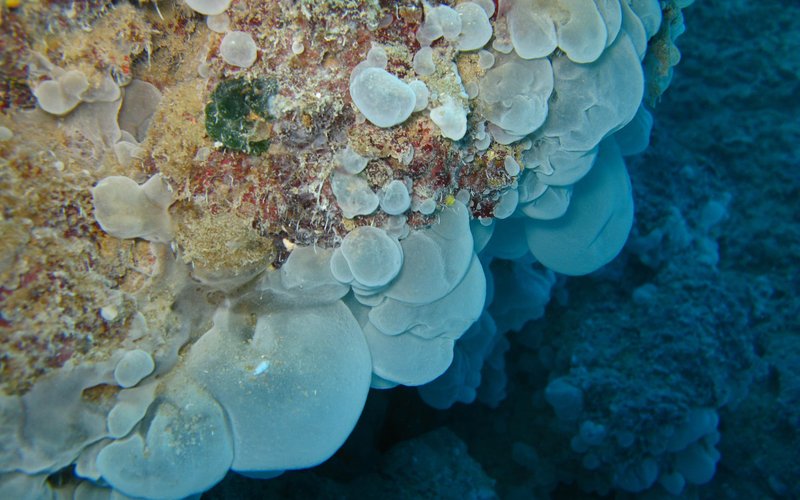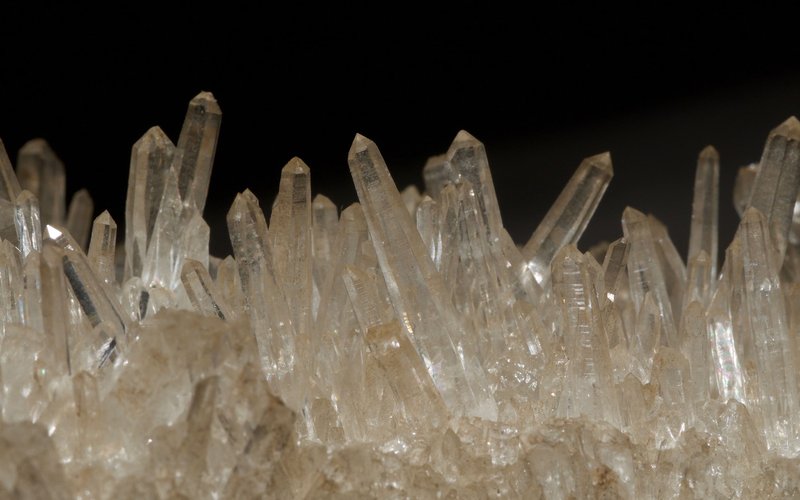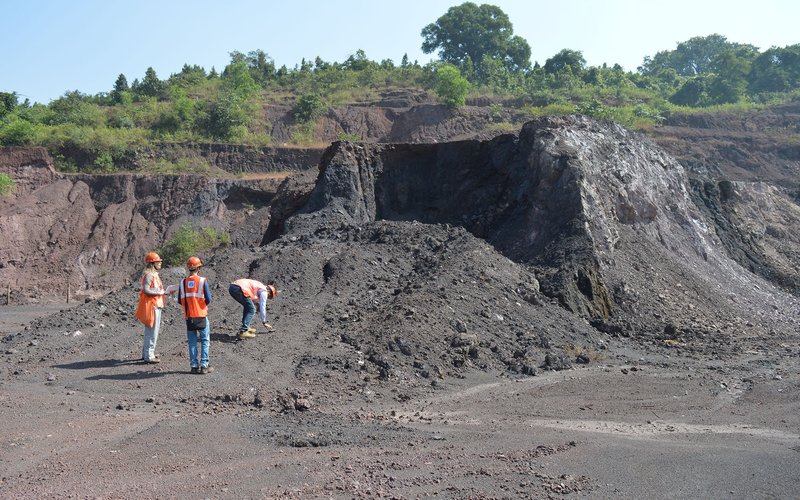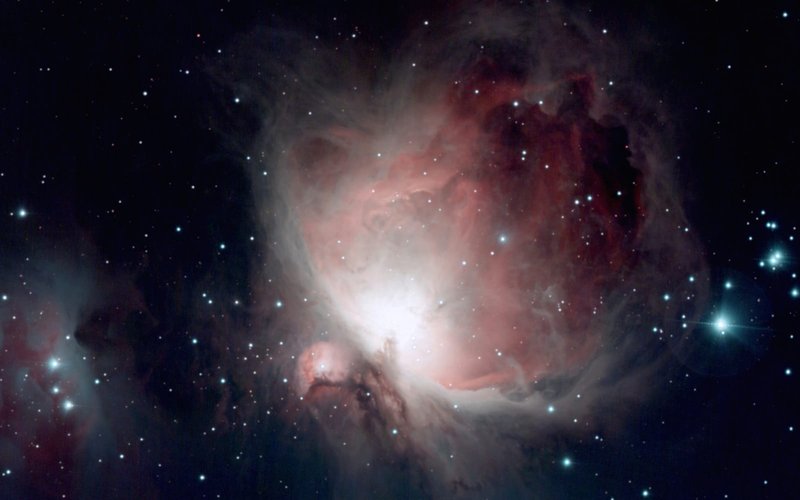The main aim of this research line is to advance the knowledge of the Earth system, studying, reconstructing, and understanding the dynamics of endogenous and exogenous processes, as well as their interactions at all time and spatial scales. In this line, basic and applied research activities on the Earth system are carried out, using the following methods: geological, geochemical, geophysical, and biological observations, measurements, and analyses, supported by mathematical and physical models.
The Earth is a dynamic system in continuous evolution, driven by complex interactions between physical, chemical, and biological processes that operate, on different spatial and temporal scales, in various subsystems: lithosphere; pedosphere or critical zone; hydrosphere, including cryosphere, and atmosphere; biosphere, including also anthroposphere. The full understanding of current and past dynamic processes represents a fundamental goal for the knowledge of the natural history of the planet. Furthermore, this understanding is an indispensable prerequisite for applicative and/or societally-relevant disciplines, such as the assessment of the hazard associated with the most dynamic processes and the most rapid changes (seismicity, volcanism, climate change) or the identification and sustainable management of the georesources.
The study of the dynamics and evolution of the Earth system requires a systemic approach and a multi-scale space-time observation and reference system, through which it is possible to acquire information on the functioning of the system in different time windows during its evolution. The evolution of all subsystems is a function of internal and external forcing, which are highly variable in space and time, some unique and unrepeatable, while others cyclical or stochastic. In this perspective, the geological archives represent the only source of data that allows us to understand the dynamics of the Earth system for all its 4.5 Ga of life.
Through appropriate calibrations of the proxies, these archives make it possible to extend the investigation time interval well beyond the short historical period of instrumental measurements. Therefore, the geological archives offer the unique opportunity to understand the current evolution of the Earth and its possible future scenarios basing on an extremely long observation period.
Representatives:
- Andrea Billi (andrea.billi@igag.cnr.it),
- Biagio Giaccio (biagio.giaccio@igag.cnr.it)
1. Global change
2. Earth observation
3. Natural risks and anthropogenic impacts and technologies for the environment
4. Natural Resources and Ecosystems
22. Industrial and civil engineering
24. Historical and cultural heritage sciences
25. Economic, social and political sciences
LS9_8 Environmental Biotechnology, Bioremediation, Biodegradation
LS9_9 Applied Biotechnology (non-medical) bioreactors, applied microbiology
PE1_17 Numerical analysis
PE6_10 Web and information systems, database systems, information retrieval and digital libraries, data fusion
PE6_11 Machine learning, statistical data processing and applications using signal processing
PE6_12 Scientific computing, simulation and modelling tools
PE8_2 Chemical Engineering, Technical Chemistry
PE8_3 Civil engineering, maritime/hydraulic engineering, geotechnics, waste treatment
PE10_1 Atmospheric chemistry, atmospheric composition, air pollution
PE10_2 Meteorology, atmospheric physics and dynamics
PE10_4 Terrestrial ecology, land cover change
PE10_5 Geology, tectonics, volcanology
PE10_7 Physics of Earth's interior, seismology, volcanology
PE10_11 Geochemistry, crystal chemistry, isotope geochemistry, thermodynamics
PE10_13 Sedimentology, soil science, palaeontology, earth evolution
PE10_14 Physical geography
PE10_15 Earth observations from space/remote sensing
PE10_18 Hydrology, water and soil pollution
SH3_1 Environment, resources and sustainability
SH3_2 Environmental change and society
SH3_9 Spatial development and architecture, land use, regional planning
SH3_10 Urban studies, regional studies
SH3_11Social geography, infrastructure
SH3_12 Geo-information and spatial data analysis
SH5_11 Cultural heritage, cultural memory
CHIM/12 Chimica dell'Ambiente e dei Beni Culturali
FIS/06 Fisica per il Sistema Terra e il Mezzo Circumterrestre
FIS/07 Fisica Applicata (a Beni Culturali, Ambientali, Biologia e Medicina)
GEO/02 Geologia Stratigrafica e Sedimentologica
GEO/03 Geologia Strutturale
GEO/04 Geografia Fisica e Geomorfologia
GEO/05 Geologia Applicata
GEO/06 Mineralogia
GEO/08 Geochimica e Vulcanologia
GEO/10 Geofisica della Terra Solida
GEO/11 Geofisica Applicata
GEO/12 Oceanografia e Fisica dell'atmosfera
ICAR/03 Ingegneria Sanitaria-Ambientale
ICAR/07 Geotecnica
ICAR/08 Scienza delle Costruzioni
ICAR/09 Tecnica delle Costruzioni
ICAR/10 Architettura Tecnica
ICAR/20 Tecnica e Pianificazione Urbanistica
INF/01 Informatica
ING-IND/28 Ingegneria e Sicurezza degli Scavi
ING-IND/29: Ingegneria delle Materie Prime
ING-IND/35 Ingegneria Economico-Gestionale
SECS-S/02 Statistica per la Ricerca Sperimentale e Tecnologica
SECS-S/03 Statistica Economica

Activity
Study and development of conceptual evolutionary models of the internal and external components of the Earth system, in all geodynamic contexts and at all time and spatial scales, through methods of direct, indirect, analytical, in situ and remote investigation inherent to geological, structural, stratigraphic, paleontological, geomorphological, hydrogeological, geophysical, geochemical, mineralogical, and petrological disciplines, also with the support of geomatic tools and high resolution digital cartography.
Reconstruction of the geological-environmental history, of climate changes and their effects on ecosystems and natural resources at all spatial-temporal scales, through: (i) development, inter-calibration and application of direct and indirect geochronological methods, (ii) analysis of the geological, physical and chemical properties, and of the fossil content of sedimentary archives, including archaeological contexts, and (iii) construction of environmental historical-geological catalogs at different spatial and temporal scales.
Monitoring and study of current environmental systems and quantitative calibration, with instrumental data, of biotic (e.g,, pollen and ostracods) and abiotic (e.g., isotopic geochemistry) proxies.
Training and preparation for the research of personnel within the CNR, other Italian and foreign research bodies and universities, including training seminars, academic-university study courses and doctoral and post-doctoral courses.
Dissemination and opening to the socio-economic context through the enhancement and transfer of knowledge through: outreach activities in schools of all levels; public information (e.g., journalistic services and technical or cultural insights on TV, press and web); economic enhancement of research in initiatives with a socio-cultural and educational value; public engagement with institutions (e.g., hearings in the Senate and Chamber).




